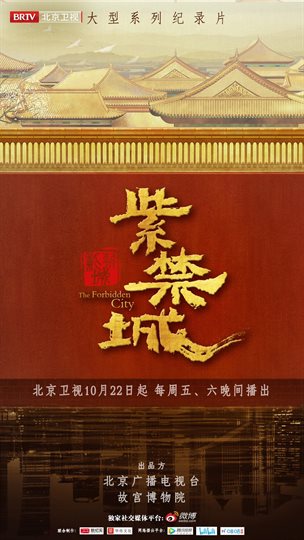50FPS版 / The Forbidden City
At the end of the 19th century, China was in a turbulent era of change that had not been seen in thousands of years. The situation inside and outside the Forbidden City was changing rapidly. At the time of national crisis, this ancient civilization with a thousand-year-old civilization began to explore the truth of patriotism and national salvation. The Forbidden City and the people in the city gradually changed from passive changes to seeking "self-strengthening".
Chinese civilization has a long history that stretches back thousands of years. It is more difficult for China to change its mind, humble itself, and make changes than any other country. Although the road is full of thorns, countless people with lofty ideals have always moved forward step by step, peeling their skin and grinding their bones, struggling to pursue light in the dark road ahead, and looking for a way out of the crisis. This is how the earth-shaking changes in China will begin.
In 1865, Li Hongzhang founded the Jiangnan Machinery Manufacturing Bureau, the earliest and largest military enterprise in China. It continued to expand, with more than a dozen branches built, employing more than 2,800 engineers, capable of manufacturing guns, ammunition, ships, and machinery, and also had cultural and educational institutions such as the Translation Institute and the Guangfang Dialect Institute. This was not only the most important military factory in the Qing Dynasty, but also an important place for introducing Western knowledge and cultivating language and scientific and technological talents at that time. In that period when the diehards were stubborn, Liang Qichao called it "opening a bloody path."
Under the banner of "self-strengthening", measures such as "training soldiers" and "sharp weapons" were implemented smoothly. Having witnessed the power of Western weapons, the supreme rulers of the Qing Dynasty were happy to see their own military strength strengthened, so a number of large-scale modern military industries came into being. For a time, the Qing Dynasty was basically stable, the bureaucrats sought wealth and strength, and the feudal society ushered in a "last glimmer of light".
However, learning tools is not the same as learning logic, and accepting the assembly line is not the same as accepting thinking. Li Hongzhang thought very clearly, and he also saw that it might be easy to make guns and cannons, but if you want to go further, every step is treading on thin ice. The Qing Dynasty was indeed seeking self-strengthening, but its pace of self-strengthening was completely out of sync with the world. The Empress Dowager Cixi, who was actually in power at the time, was still using her best balancing skills more often, seeking a balance between maintaining imperial power and saving the nation from extinction. The massive Westernization Movement was actually difficult.
In 1897, Tan Sitong was summoned to Beijing to participate in the Reform Movement. He, Kang Youwei, and Liang Qichao, as representatives of the Reform Movement, advocated learning from the West, reforming institutions, and cutting redundant officials. On June 11 of the following year, Emperor Guangxu issued the "Edict on National Affairs" and announced the reform. However, the Reform Movement only lasted a hundred days and ended in failure.
In the last two years of the 19th century, the Qing Dynasty fell into a fog. After living in the Forbidden City for more than 200 years, the Qing rulers had made achievements, experienced great storms, and faced choices in the changing situation. But in the end, they failed to seize these opportunities and failed to strengthen the country and improve people's lives through drastic transformation and reform. The deep selfishness in the rulers' bones was like a huge iron chain, tightly binding their hands and feet, making it difficult for them to move forward. At this point, all improvements and repairs have completely lost their meaning.










































